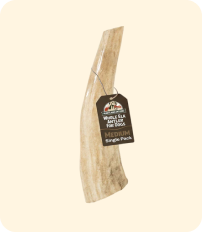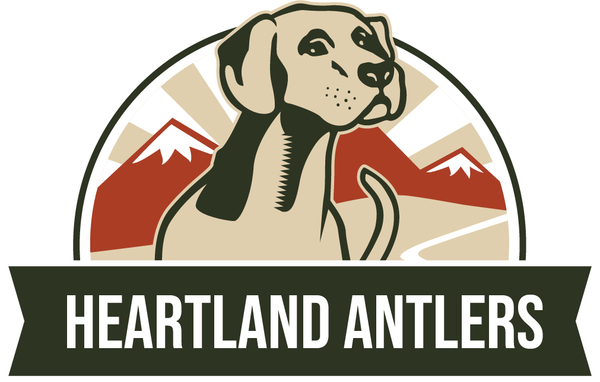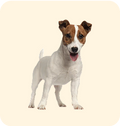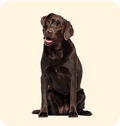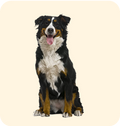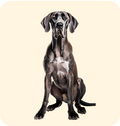Antlers are a popular natural chew for dogs, offering dental benefits and long-lasting entertainment. However, it's important to inspect them thoroughly before giving them to your dog. Here's a guide on how to ensure antler safety for your dog.
Key Takeaways
| Aspect | Importance |
|---|---|
| Size and Shape | Crucial for preventing choking and oral injuries |
| Hardness | Essential to avoid tooth damage |
| Quality and Freshness | Important for overall safety and nutritional value |
| Regular Inspection | Necessary to maintain safety during use |
1. Understand Different Antler Types
Before inspecting antlers, it's important to know the various types available:
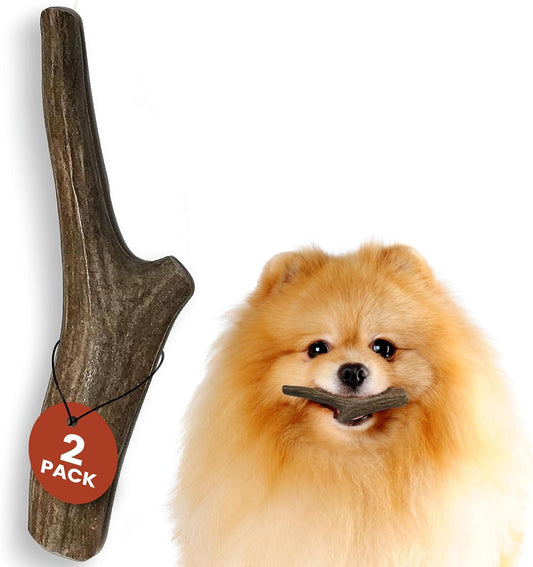
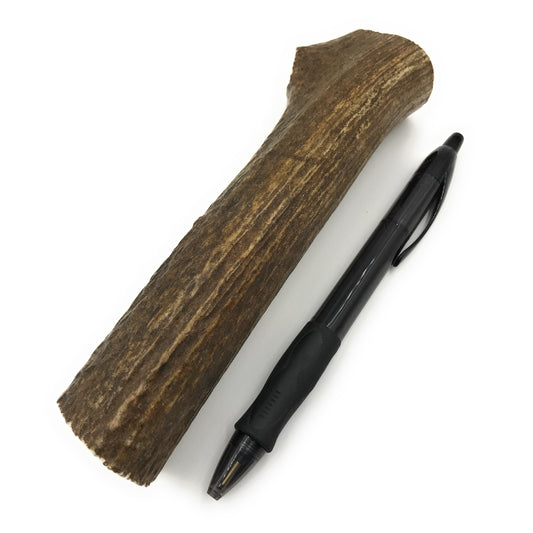
Deer antlers are typically harder and more suitable for smaller dogs, while elk antlers are larger and better for medium to large breeds. Moose antlers have a softer texture and higher marrow content. Understanding these differences is crucial in selecting the right antler for your dog's size, breed, and chewing habits.
2. Check the Size and Shape
Choose an antler that's appropriate for your dog's size and chewing habits:
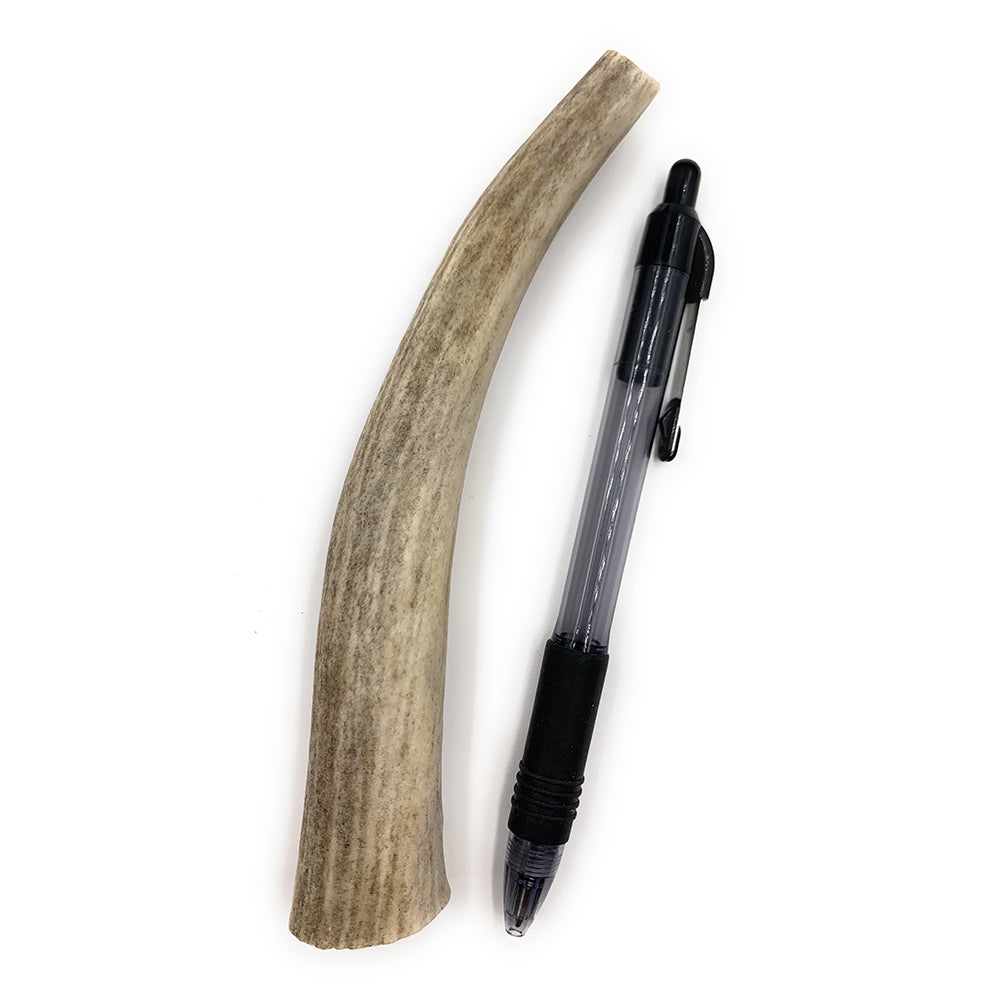

Make sure the antler isn't too small to be a choking hazard or too large for your dog to handle comfortably. Check for any sharp edges or points that could hurt your dog's mouth. A good rule is to choose an antler that's slightly larger than your dog's muzzle. This stops them from swallowing it whole or getting it stuck in their throat. Smooth, rounded edges are better to reduce the risk of mouth injuries.
3. Assess the Hardness
Use the "kneecap smack" rule to check if an antler is too hard for your dog:
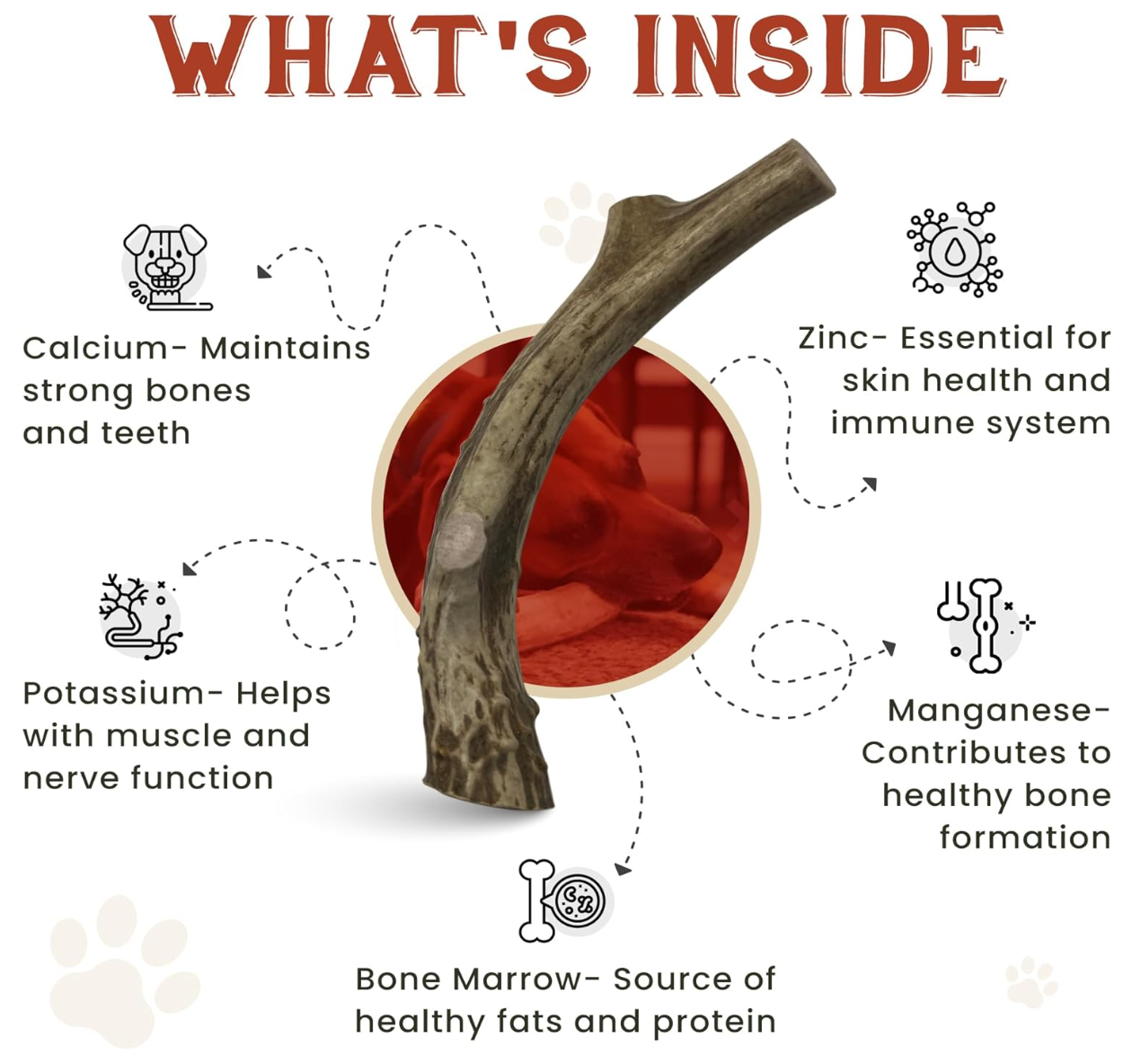
If the antler hurts when you tap it against your kneecap, it's probably too hard for your dog's teeth. Antlers that are too hard can break teeth. The ideal antler should give a little when you press it firmly with your thumbnail. This means it's soft enough for your dog to chew without hurting their teeth. Remember to check different parts of the antler, as some areas might be harder than others.
4. Examine for Quality and Freshness
Check the antler for signs of good quality and proper processing:
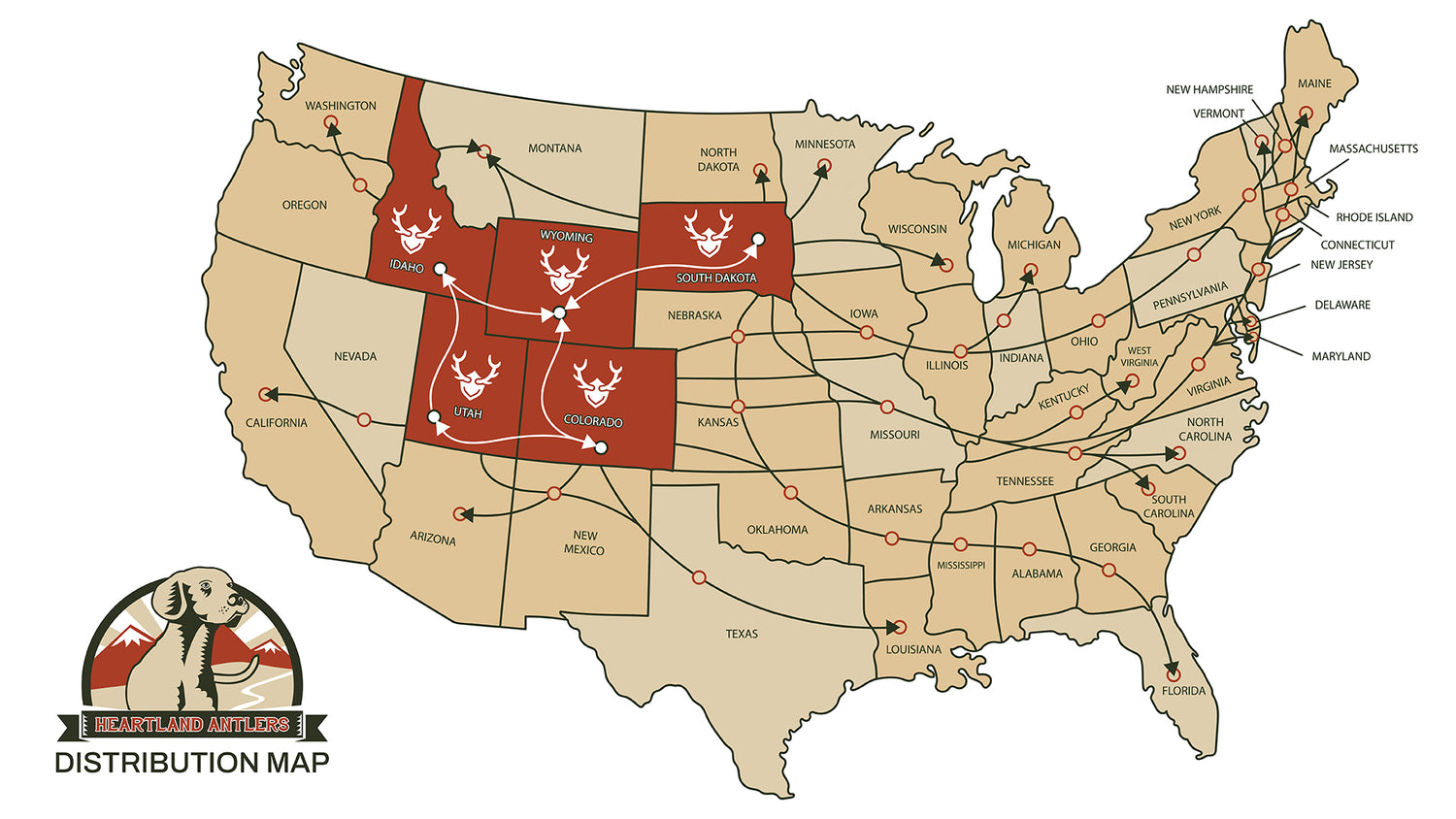
Look for antlers with a natural color and texture. Avoid any with signs of mold, decay, or artificial coloring. Check where the antlers come from and how they're processed to make sure you're getting a good product. Fresh antlers should have a slightly porous surface and a light, earthy smell. Stay away from antlers that look bleached, as this might mean they're old or over-processed. Good antlers shouldn't have any chemical treatments that could harm your dog.
5. Check for Splinters or Cracks
Carefully look over the entire surface of the antler:

Look for any cracks, splinters, or parts that might break off when your dog chews. These can hurt your dog's mouth or cause problems if swallowed. Run your fingers along the whole antler, feeling for rough spots or small pieces that might come loose. Pay extra attention to the tips and any branching parts, as these are more likely to splinter. If you find any worrying areas, it's best to choose a different antler or file down the problematic spots before giving it to your dog.
6. Evaluate Marrow Content
Think about the marrow content when choosing between split and whole antlers:
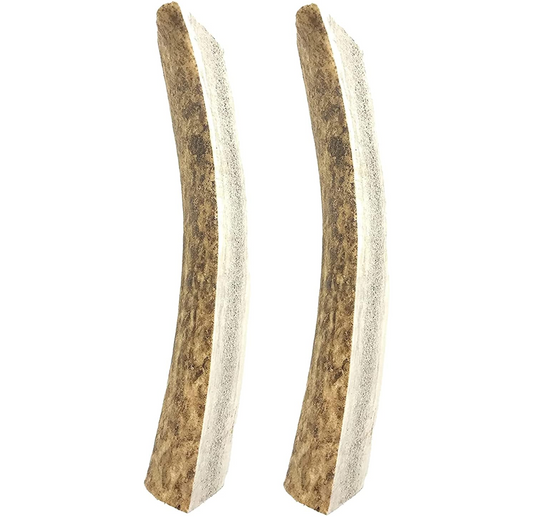
Split antlers show more marrow, which dogs often like and which has more nutrients. But they might not last as long as whole antlers. The marrow has lots of minerals and can be very appealing to dogs. Whole antlers last longer but are harder for dogs to get to the marrow. Think about how your dog chews and what nutrients they need when deciding between split and whole antlers. For dogs who need extra nutrients or get bored easily, split antlers might be better.
7. Consider Your Dog's Age and Chewing Habits
Pick antlers based on what your dog needs:
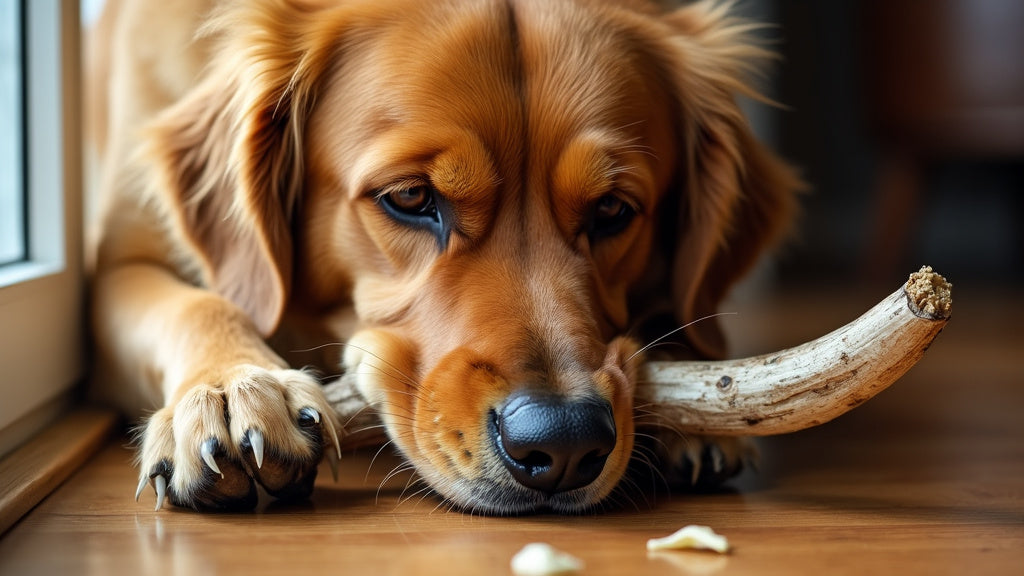
Choose the right antlers for puppies, adult dogs, and older dogs. Think about how hard your dog chews and any teeth problems their breed might have. Puppies and older dogs might do better with softer antlers or split antlers that are easier on their teeth. For dogs that chew a lot, harder, whole antlers might be better as they last longer. If your dog has any teeth problems, keep that in mind when choosing. It's always a good idea to ask your vet if you're not sure what's best for your dog.
8. Sanitize Before Use
Clean new antlers properly before giving them to your dog:
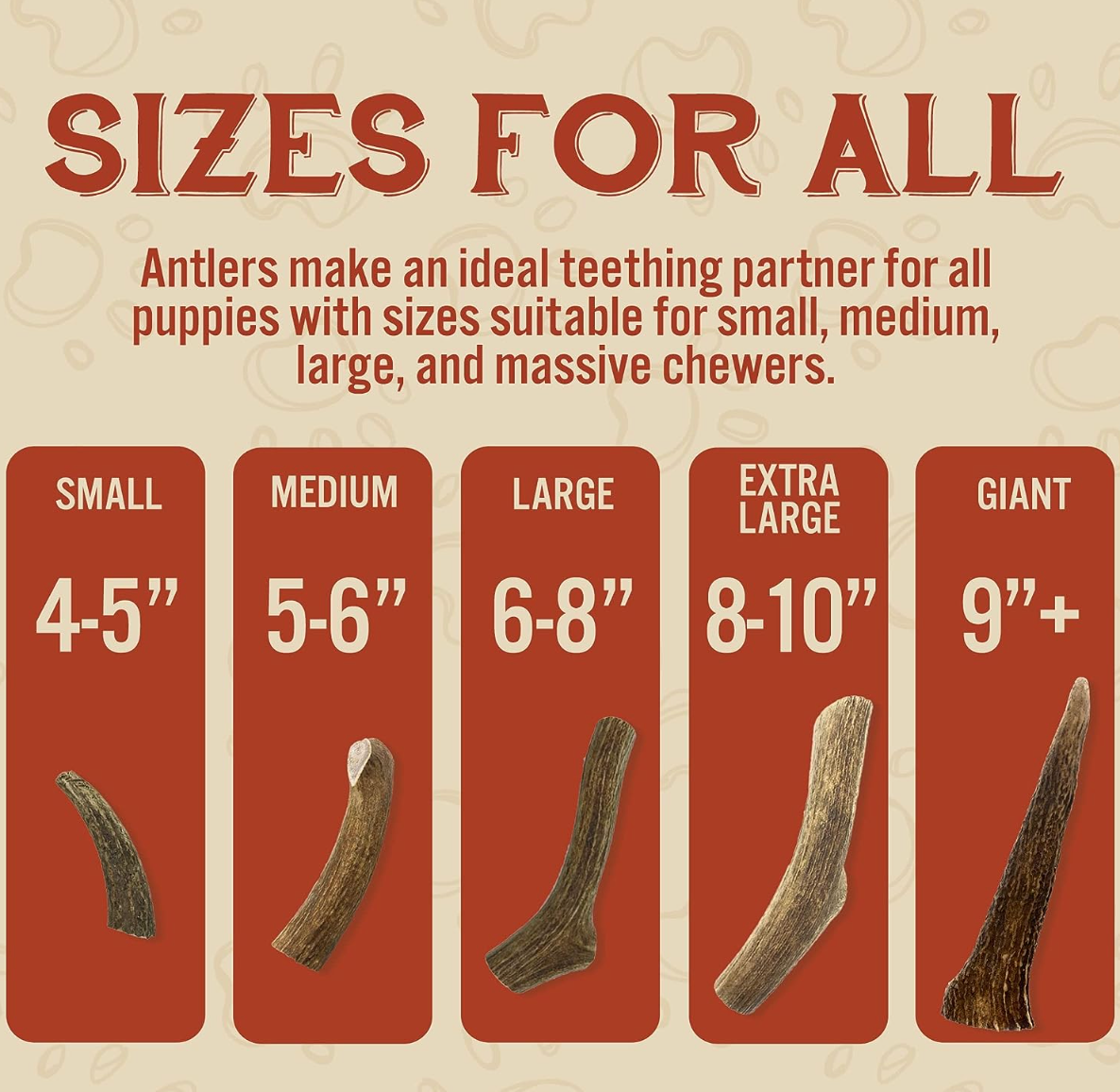
Wash new antlers with warm water and mild soap, then rinse them well. This helps remove any dirt or germs on the surface. After washing, let the antler dry completely in the air before giving it to your dog. For extra cleanliness, you can boil the antler briefly or soak it in water with a little vinegar. Don't use strong chemicals or bleach, as these can be harmful if your dog eats them. Cleaning the antler regularly while your dog uses it can also help keep it hygienic and prevent bacteria from building up.
9. Monitor During Use
Regularly check antlers while your dog is chewing them:
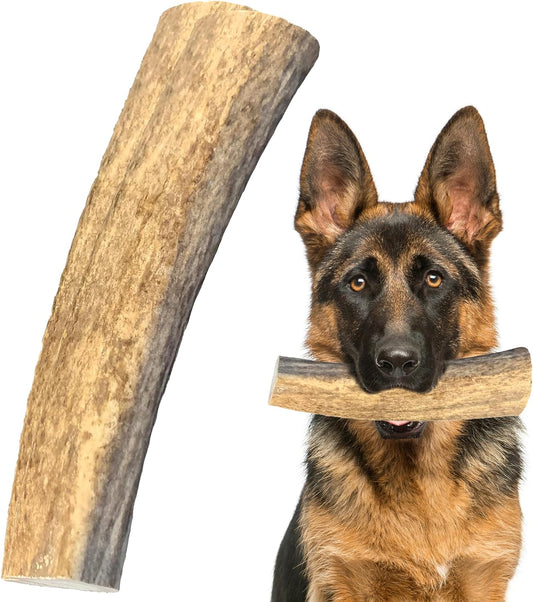
Look for signs of wear, splintering, or if the antler is getting too small, which could be dangerous. Replace antlers when they become too small or show signs of a lot of wear. Watch how your dog chews the antler, making sure they're not trying to swallow big pieces or chewing too hard. As the antler gets smaller, it might develop sharp edges or become small enough to swallow, so it's important to keep checking. Try to check the antler's condition regularly, maybe once or twice a week, depending on how much your dog chews.
10. Consider Alternatives
Be aware of possible risks and think about safer options if needed:
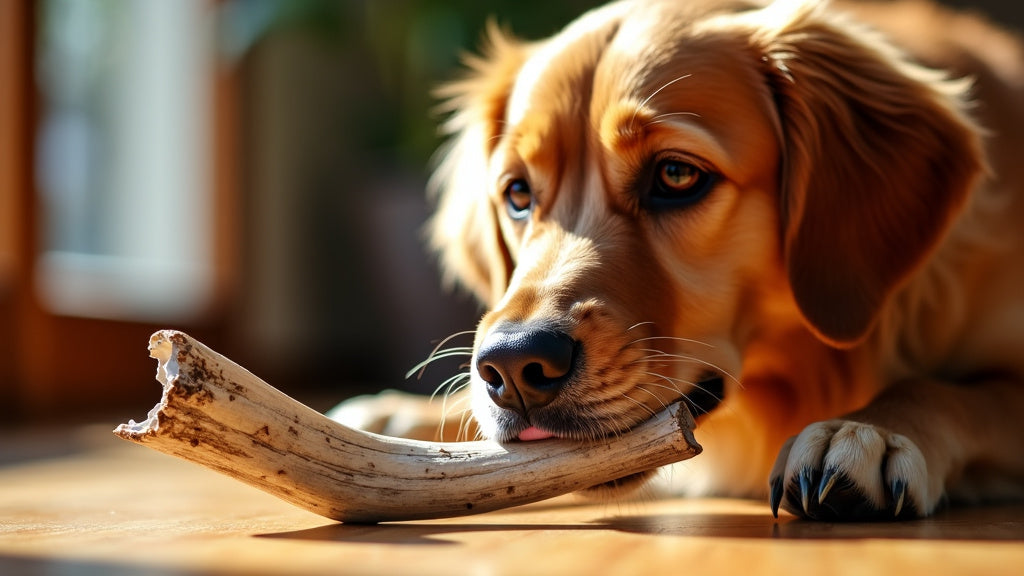
While antlers can be great for chewing, they're not right for all dogs. If you're worried about your dog's teeth or choking, think about other chew options that your vet recommends. Some dogs might chew too hard or have sensitive teeth, making antlers less ideal. In these cases, softer chew toys, dental chews, or toys you can fill with treats might be safer. Always think about what's best for your individual dog and ask a professional if you're not sure about the best chewing options for your pet.
Conclusion
Checking antlers before giving them to your dog is very important for their safety and enjoyment. By following these steps, you can reduce risks and provide a safe, natural chewing experience for your dog. Always watch your dog when they're chewing on antlers and talk to your vet if you have any worries. Regularly checking and choosing the right antlers can really help your dog's teeth and overall health, making it a good investment in your pet's care routine.
Antler Hardness Comparison
"Carefully checking antlers before giving them to dogs is very important for keeping pets safe. By looking closely at the size, hardness, and condition of each antler, dog owners can greatly lower the risks of tooth damage and choking. This simple step can make a big difference in providing a safe chewing experience for your furry friend."
Size
Choose an antler that's big enough to prevent choking but not too big for your dog's mouth
Hardness
Check that the antler isn't too hard to avoid damaging your dog's teeth while still providing a good chew
Condition
Look for sharp edges, splinters, or signs of wear that could hurt your dog's mouth or cause internal problems if swallowed

